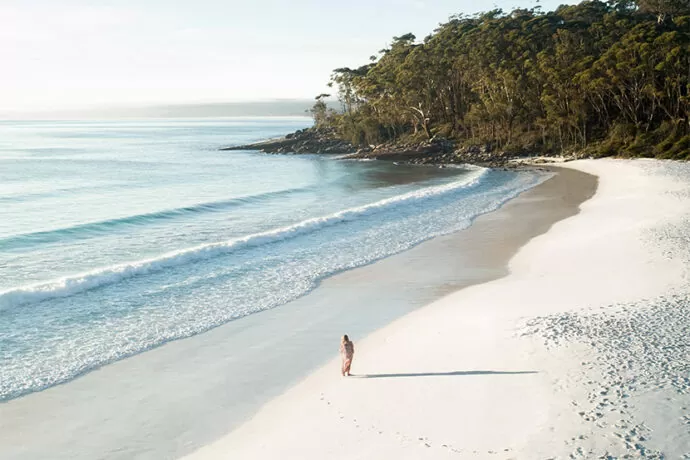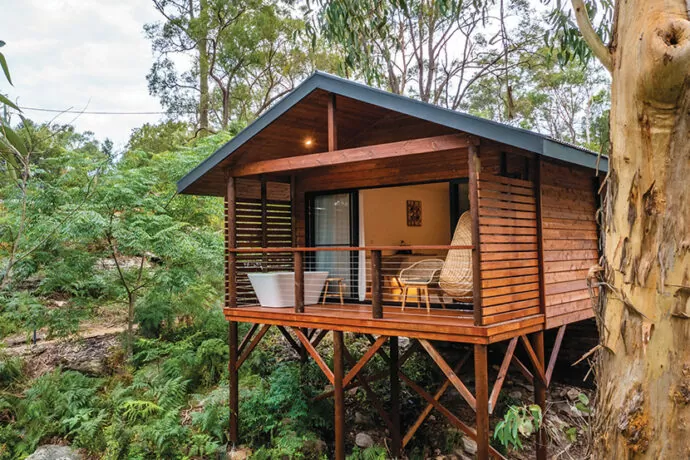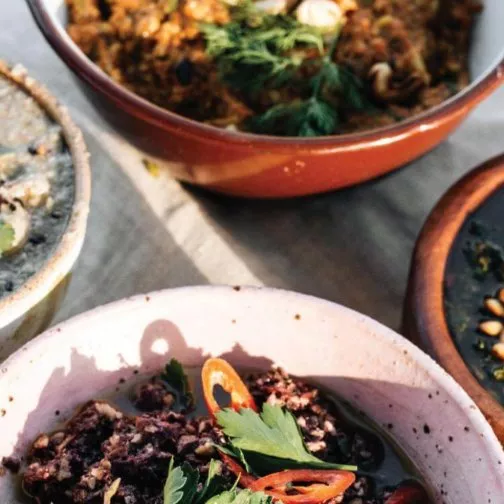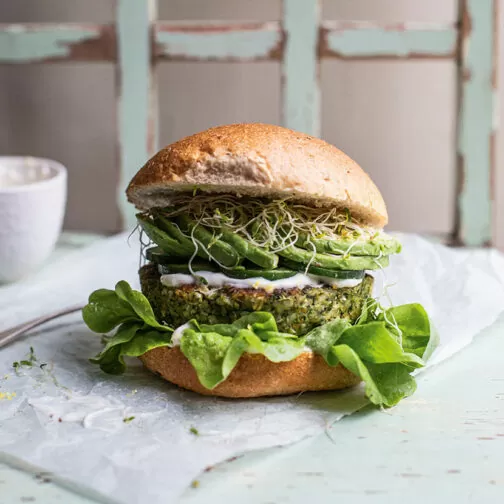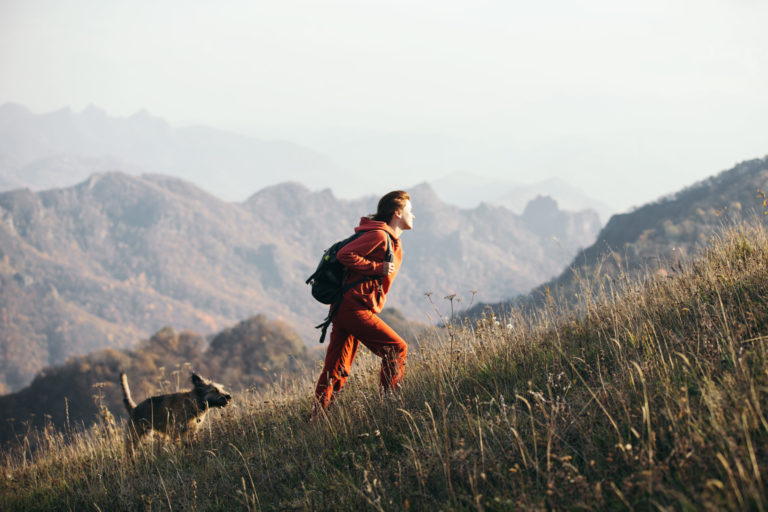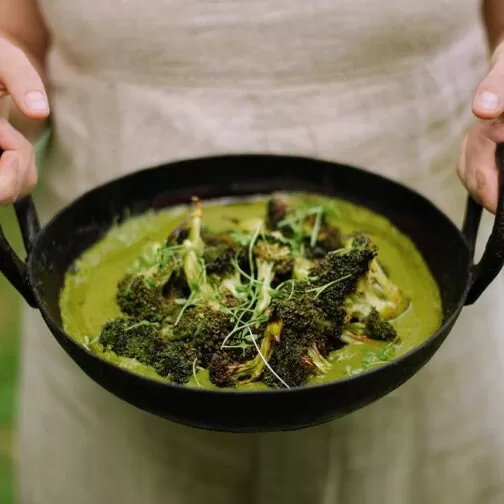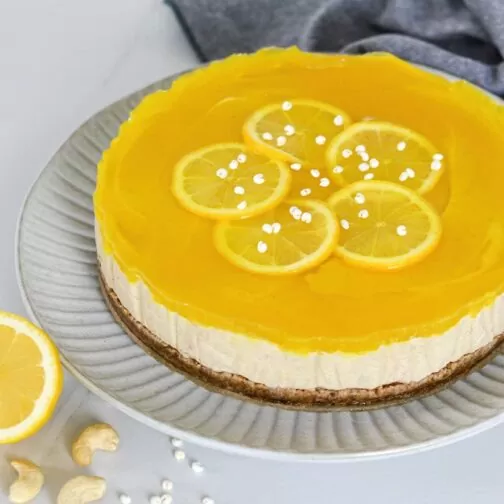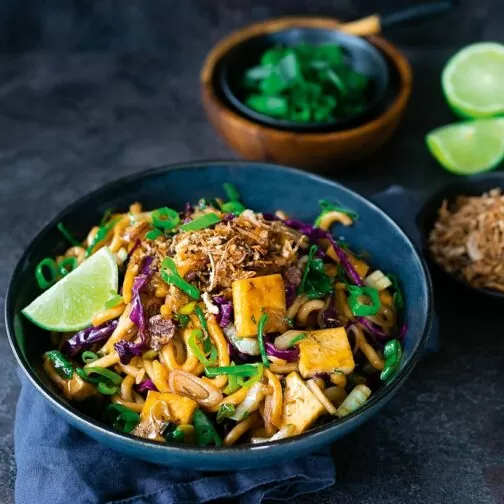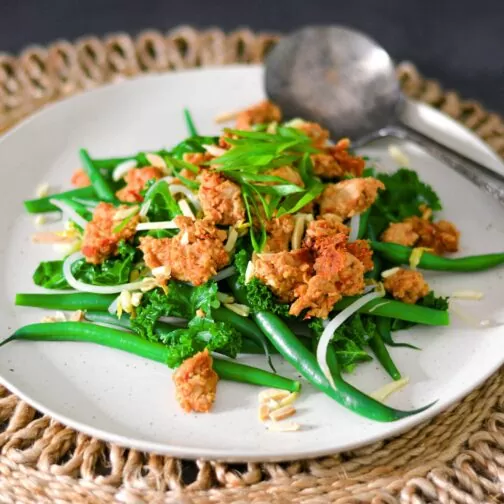More inspiring stories
A haven on Earth
Mountains stretch down to coastal plains, which hug the curves of over 100 pristine beaches, all gazing out towards the stunning waters of the...
Sustainable and eco-friendly period products
Eco period products have risen in popularity – they’re sustainable, affordable, healthy, and convenient. Here’s what you need to know so...
Mindful escapes with Billabong Retreat
In the fast-paced and demanding world we live in, finding moments of stillness and calm can be challenging. In an attempt to find a little peace...
Seven stages of going vegan
Going vegan can be a life-changing experience, and it’s not without its challenges. The good news is you’re not alone. There are identifiable...
Serum survival guide
There’s a serum for every skin condition, but which active ingredients do what? This is the guide to vegan and sustainably sourced serums...
Elevate your eco cred
Time for an eco spring clean? Here are seven simple swaps for the conscious consumer
Mythbusting: Gut health
If you want to get your gut in order, Dr Will Bulsiewicz is the expert to help you sort out fact from fiction. This is the gut-health cheat sheet...
Plant-based recipe inspiration
Four easy dips
Bowls of dips with crackers and veggie sticks make the perfect picnic spread to share with your friends.
Pink noodle nourish bowl
This playful dish is a celebration of colour, filled with beautiful plant-based ingredients, turmeric rice, and fermented goodness that will...
Ultimate green burger
Burgs are life! We love all the classics, and they are tastier and better for you when filled with plants.
The hip wiggler
The tastiest smoothie you can make, loaded with the yummiest ingredients around. Find your inner child and go wild!
Vanilla berry wellness bowl
Been wanting to find a go-to recipe for overnight oats? Look no further! This divine bowl complete with cacao, chia seeds, bananas and berries...
Dr Will Bulsiewicz's paella
In this recipe, the musky, piney flavour of saffron is complemented by earthy, smoky paprika and garlicky sweetness. It’s a taste of heaven.
More inspiration from our mindful collective
Natural sleep oils
Spraying sheets and pillows with calming scents can be a wonderful aid to slumber
To wander with no purpose
The next time you go for a walk, discover the wonder of the everyday world around you
Let it glow
A skincare routine can be a way to nourish yourself inside and out
Seeking the silver lining
When the clouds converge, practise gratitude for the smallest of glimmers, and learn to dance in the rain.
Future-proof your footprint
Carbon neutrality is the gold standard in climate action. Here’s what you need to know to achieve net-zero.
We all create carbon emissions simply by going about our everyday lives. These emissions, often called greenhouse gases, trap heat in our atmosphere and affect the planet’s climate.
Carbon emissions do not discriminate by borders. The effects of one ton of carbon emissions released locally are felt globally. But just as importantly, a one-ton reduction in carbon emissions locally helps to lower emissions on a global scale. So, everything we do to reduce our emissions will make a difference.
Rising sea levels, changing weather patterns, increasing extreme weather events, and declining biodiversity are all having unprecedented effects on our planet. The Intergovernmental Panel on Climate Change (IPCC), the leading scientific climate change group, states that we need to reduce our greenhouse gas emissions by 40 to 70 percent by the middle of this century, when compared with 2010.
Reducing our emissions should be a priority for us all.
AN EXCESS OF EMISSIONS
As a nation, Australia emitted more than 513 megatons of carbon dioxide equivalent (CO2e) in the year ending June 2020. This includes households, offices, electricity generation, mining, manufacturing, agriculture – everything. While this represents less than two percent of global emissions, our emissions per capita are almost five times the global average! This means that there is a great scope for us to reduce our emission levels by changing our behaviour.
While Australia is one of the most biologically diverse countries on the planet, it is also the driest inhabited continent, making it a unique environment vulnerable to climate change. The less we pollute, the better it is for everyone – present and future.
It is easy to look at the scale of a global problem like carbon emissions and climate change and feel like we can’t do much about it. But we can! As individuals, we use too much, consume too much, and waste too much. Therefore, we emit too much. The average Australian household generates more than 15 tons of CO2e each year! However, it might surprise you to learn that small behaviour changes can significantly reduce your carbon emissions.
The first step in reducing your emissions is to measure your individual footprint. Using a carbon calculator will help you understand where your emissions come from and your total carbon footprint. Then you can make some changes to your behaviour and reduce your emissions.
CUTTING DOWN ON CARBON
So, what can we actually do to reduce our individual carbon footprint? Let’s first look at how your footprint stacks up, and which activities produce the most greenhouse gas emissions. Remember – any reduction is a good reduction, no matter how small!
VEHICLE
Based on the average Australian’s driving habits, your vehicle produces between three and five tons of C02e every year. If you have the option, you might instead choose to walk, cycle, or carpool. When using your car, run it as efficiently as possible by ensuring it is fully serviced, maintaining correct tyre pressure, and by driving at a constant speed. If you’re in the market for a new vehicle, make sure you compare the relative fuel economy of your choices. This can lower your carbon footprint and your fuel costs.
DIET
People who eat animal products can average three to four tons of C02e emissions per year, whereas a vegetarian or vegan diet reduces to an average of one and a half tons per year. Reducing the amount of meat consumed is an easy action for all of us, and it can bring many other benefits, including our own health.
(Related: Climate conscious cook by Simon Hill)
ENERGY
The average Australian household consumes almost 6,000 kWh of electricity per year, resulting in around five tons of CO2e emissions. On average, heating and cooling our homes is responsible for around 50 percent of our energy use, followed by heating and cooling our water, at around 14 percent. Simple changes like turning appliances off at the wall, using the fan-forced setting on your oven, and limiting showers to less than four minutes can significantly lower your carbon footprint.
AIR TRAVEL
A return long-haul flight for our beloved international holidays can double our annual carbon footprint. Air travel may be a necessity in your life, and if you can’t avoid flying, you might instead consider offsetting your flight to reduce the environmental impact.
When deciding whether to drive or fly domestically, in most cases, it is more efficient to take a car full of people rather than flying. Let us compare a journey of 750 kilometres. Driving this distance with two people in the car would produce around 0.10 tons of CO2e per person, while flying economy class over this same distance would produce more than 0.20 tons of CO2e per person, or in other words, twice as many CO2e emissions per person.
WHAT IS CARBON OFFSETTING?
Carbon offsets are generated from projects that either prevent, reduce, or remove greenhouse gases from the atmosphere. There are two segments of the carbon market: the compliance market and the voluntary market. In the compliance market, buyers purchase offsets because they are required to by law. In the voluntary market, individuals, households, organisations, or governments offset their emissions by choice.
Each offset purchased is equivalent to one less ton of carbon dioxide (or an equivalent greenhouse gas) in the atmosphere. There are over 200 types of projects suitable for generating carbon offsets. These projects can include renewable energy, methane abatement, energy efficiency, reforestation, and fuel switching. These types of offsets abate and mitigate carbon.
Tree planting and nature-based solutions, such as blue carbon, are the only means of removing carbon from our atmosphere. And there are many other positive benefits, including restoring our natural habitats.
Offsets can be accredited or unaccredited. Accredited offsets are those for which the underlying carbon project has been validated and verified by an accredited third party and include Australian Carbon Credit Units, Gold Standard Offsets, and Verified Carbon Offsets. However, you can also purchase unaccredited offsets where projects adhere to relevant carbon methodologies, but avoid high certification and audit costs.
Carbon Positive Australia is one such example. It generates carbon offsets by planting native vegetation on degraded land across Australia. Every carbon offset you purchase, every tree you give, every dollar you donate, helps to plant more trees and shrubs. While the majority of offsets are unaccredited, the projects are registered with the Australian Government’s Emissions Reduction Fund where possible and undertake external monitoring in line with methodologies under that scheme.
ACHIEVING CARBON NEUTRALITY
Carbon neutrality is a state that occurs when your net greenhouse gas emissions are equal to zero. In other words, you offset as much as you emit.
Many of our everyday activities generate carbon emissions. Measuring your emissions is the first step in your journey towards becoming carbon neutral. Reducing your carbon footprint as much as you can is the next step. However, it is not practical to stop all carbon-producing activities. No matter how hard we try, it is nearly impossible to reduce our carbon footprint to zero.
A way of negating these unavoidable carbon emissions is to pay for greenhouse gas reductions created by activities such as tree plantings, wind farms, and hydroelectricity. In other words, carbon offsetting. If enough offsets are purchased to balance all emissions remaining after your reduction efforts, then your net emissions will be zero. This is how you can achieve carbon neutrality.
When you work towards being carbon neutral, you are not only reducing your environmental impact today, but also helping to provide a better and healthier world for future generations.
More inspiring stories
Mythbusting: Gut health
If you want to get your gut in order, Dr Will Bulsiewicz is the expert to help you sort out fact from fiction. This is the gut-health cheat sheet...
Seven stages of going vegan
Going vegan can be a life-changing experience, and it’s not without its challenges. The good news is you’re not alone. There are identifiable...
Mindful escapes with Billabong Retreat
In the fast-paced and demanding world we live in, finding moments of stillness and calm can be challenging. In an attempt to find a little peace...
The cycle of hormones
If you haven’t quite got your cycle phases figured out, you’re not alone. But it’s time to tune in to your body’s rhythms - so that you...
A haven on Earth
Mountains stretch down to coastal plains, which hug the curves of over 100 pristine beaches, all gazing out towards the stunning waters of the...
Elevate your eco cred
Time for an eco spring clean? Here are seven simple swaps for the conscious consumer
Sustainable and eco-friendly period products
Eco period products have risen in popularity – they’re sustainable, affordable, healthy, and convenient. Here’s what you need to know so...
Plant-based recipe inspiration
Roasted broccoli green curry with coconut rice
The trick to this super-vibrant green curry is to add a bunch of blitzed leafy greens into the paste to ensure a lovely, bright-green colour. I...
Lemon cheesecake
Shifting to a wholefood plant-based diet doesn’t mean missing out on cheesecake. This recipe uses tofu instead of cream cheese and is therefore...
Mie goreng
This Indonesian fried noodle dish can be found at both high-end restaurants and street food vendors in the region – it’s a popular dish for...
Indonesian salad with spiced tempeh topping
This salad is a take on urap sayur that instead uses crumbled tempeh and toasted almonds to top the dish. A balance of spicy, sweet, and sour...
More inspiration from our mindful collective
Natural sleep oils
Spraying sheets and pillows with calming scents can be a wonderful aid to slumber
To wander with no purpose
The next time you go for a walk, discover the wonder of the everyday world around you
Let it glow
A skincare routine can be a way to nourish yourself inside and out
Seeking the silver lining
When the clouds converge, practise gratitude for the smallest of glimmers, and learn to dance in the rain.


